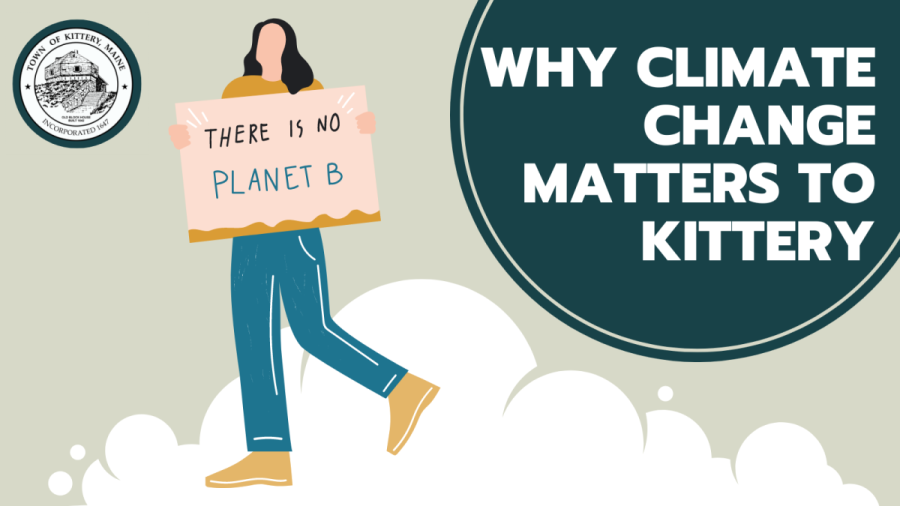Why Climate Change Matters to Kittery

The Kittery Climate Adaptation Committee (KCAC) is serving as Kittery’s task force to create an action plan that focuses on adaptation and emission reduction strategies that address the real effects of climate change that threaten our coastal community.
Opportunities
The Coastal Community Resilience section of Kittery’s Comprehensive Plan is guiding the Town’s climate action efforts. Kittery completed it’s first greenhouse gas (GHG) inventory in 2022 and has also begun to address the impacts of climate change and the town’s vulnerabilities. In 2019, the Kittery Town Council established KCAC to advance the Town’s climate change resilience efforts. Kittery also helped create the Southern Maine Planning and Development Commission's Regional Sustainability and Resilience Program in 2019 and joined the State of Maine’s Community Resilience Partnership in 2022. Both programs present opportunities for regional and statewide collaboration as the town pursues its climate goals.
Challenges
A recent regional economic resilience study found that Kittery’s economic centers, tourism infrastructure and destinations, significant travel routes, as well as public infrastructure and residential areas are at significant risk from coastal climate impacts. These community assets include the Portsmouth Naval Shipyard (PNSY), Route 1 bridge near the Kittery Outlets, Route 103, and Fort Foster Park.
Climate action at the local level will require behavioral and systemic changes to reduce greenhouse gas (GHG) emissions. The largest sources of community-wide GHG emissions in Kittery are natural gas and electricity use at PNSY. This presents a challenge for the Town of Kittery because PNSY is a major community partner and source of economic activity for the region. The second largest source of emissions is passenger vehicle fuel use, followed by residential and commercial heating fuel use and electricity consumption.

